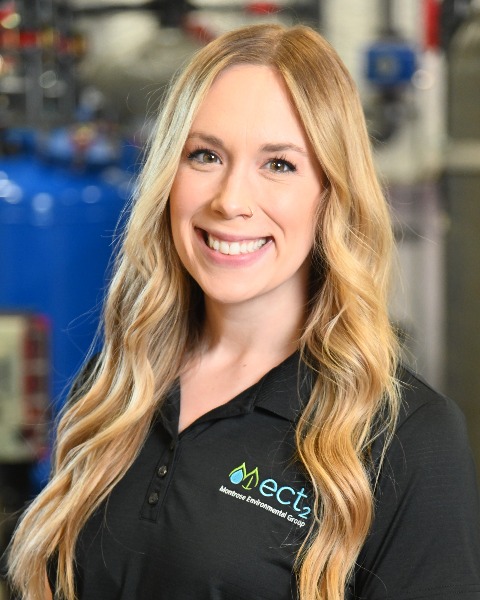Back
Platform
WAST
Session : PFAS Remediation, Wastewater Treatment and Soil Ecology
1167583 - Solution for Pre-Treatment for Refinery Water Containing PFAS
Wednesday, June 29, 2022
8:20am – 8:40am PT
Location: Bayview A

Nicole Bolea, PE
Business Development
ECT2
Portland, ME
Primary Author(s)
A petroleum refinery in Alaska was looking for a solution to remove PFAS from their effluent prior to discharging to the POTW. Per- and polyfluorinated alkyl substances (PFAS) have emerged as high-priority contaminants for management around the world that require innovation to successfully and sustainably treat.
Despite source control measures implemented by the facility, the pervasive nature of “forever chemicals” required that treatment be conducted on the 400 ppt Total PFAS waste stream to maintain compliance within the 70 ppt discharge limit. An on-site pilot test was initially conducted that included media filtration first with granular activated carbon (GAC) and then ion exchange (IX) treatment.
As results from the pilot test (non-detect for Total PFAS) demonstrated the efficacy of treatment, a full-scale system was designed and constructed to treat the effluent at the refinery. Challenges and lessons learned from the pilot test were implemented into the full, turn-key system. The fully-containerized system went on-line in summer of 2021. This robust, custom system was developed specifically for this customer to withstand the challenging climate and remote location. To date, the project is discharging water at non-detect levels to the city sewer, easily maintaining compliance with their permit. This presentation will provide an overview of the pilot and full-scale system designs, challenges, and PFAS sampling results.
Despite source control measures implemented by the facility, the pervasive nature of “forever chemicals” required that treatment be conducted on the 400 ppt Total PFAS waste stream to maintain compliance within the 70 ppt discharge limit. An on-site pilot test was initially conducted that included media filtration first with granular activated carbon (GAC) and then ion exchange (IX) treatment.
As results from the pilot test (non-detect for Total PFAS) demonstrated the efficacy of treatment, a full-scale system was designed and constructed to treat the effluent at the refinery. Challenges and lessons learned from the pilot test were implemented into the full, turn-key system. The fully-containerized system went on-line in summer of 2021. This robust, custom system was developed specifically for this customer to withstand the challenging climate and remote location. To date, the project is discharging water at non-detect levels to the city sewer, easily maintaining compliance with their permit. This presentation will provide an overview of the pilot and full-scale system designs, challenges, and PFAS sampling results.

.jpg)
